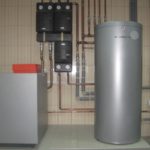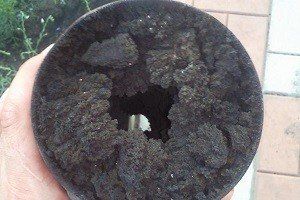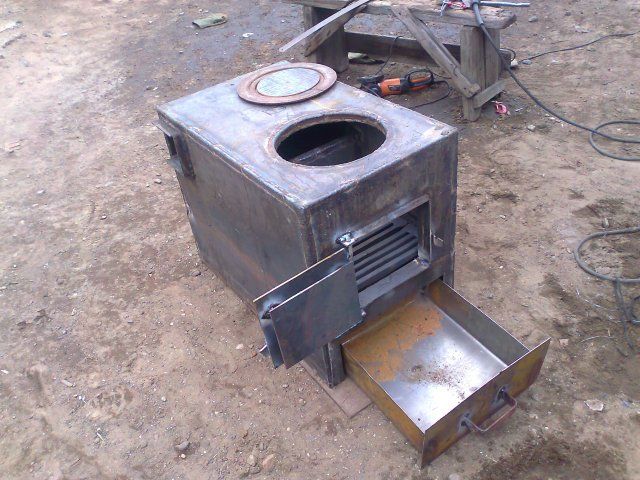Starting an electric heating boiler
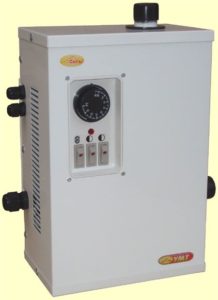 In our huge country, gas networks are not installed everywhere. For reasons of safety, affordability or environmental friendliness, people choose heating systems that run on electricity. Ease of maintenance and safety of operation make the use of electric heating boilers increasingly in demand.
In our huge country, gas networks are not installed everywhere. For reasons of safety, affordability or environmental friendliness, people choose heating systems that run on electricity. Ease of maintenance and safety of operation make the use of electric heating boilers increasingly in demand.
The content of the article
Preparatory stage when starting the boiler
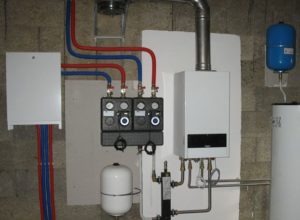 For the correct and efficient operation of the entire heating system, all its components must be correctly wired. Depending on the chosen scheme - gravity or forced, heat transfer radiators, expansion barrels, pipes, pipes, pumps and other technologically necessary elements are installed.
For the correct and efficient operation of the entire heating system, all its components must be correctly wired. Depending on the chosen scheme - gravity or forced, heat transfer radiators, expansion barrels, pipes, pipes, pumps and other technologically necessary elements are installed.
When going through this stage of heating collection, you should pay attention to connecting the boiler to the electrical network. Based on the maximum power consumption of electricity by these devices, the supply to the network is designed. The boiler must be connected correctly to avoid accidents. Like any electrical appliances, an electric boiler should also be properly grounded.
IMPORTANT! Violation of safety precautions for using such heating systems can lead to a disastrous outcome. Such work, in the absence of sufficient knowledge, should be entrusted to specialists who have practice and experience in installing this equipment.
Filling the system with coolant
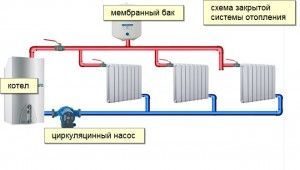 Heating fillers can have different characteristics. The simplest example of a coolant is water. It is considered the most economical option, while it has an excellent heat transfer coefficient. The downside of water is the possibility of it freezing.
Heating fillers can have different characteristics. The simplest example of a coolant is water. It is considered the most economical option, while it has an excellent heat transfer coefficient. The downside of water is the possibility of it freezing.
Liquids with a lower crystallization and freezing point of the liquid are considered an excellent alternative to water as a filler. A simple example is car antifreeze, with a freezing point of up to minus 30 degrees Celsius. Below these temperatures, antifreeze is not recommended.
In the conditions of the Far North, the role of a heat transfer filler is performed by oil from petroleum products, with thickening limits of minus 55–60 degrees Celsius. Which liquid to use in the boiler is a personal choice. It should be filled through special technical holes in the heating system and maintained at the required level during operation.
Removing air from the heating system
After filling the heating system with liquid, you should be especially careful to check for air pockets, which will subsequently prevent the circulation of liquid throughout all elements as a whole. To fill the system with coolant, you should first open the Mayevsky tap, as well as the tap located at the highest point of the entire wiring. By doing all this, you can eliminate the occurrence of air jams. After visually inspecting all heating elements for leaks, it is recommended to correct the defects.
First start-up of an electric boiler
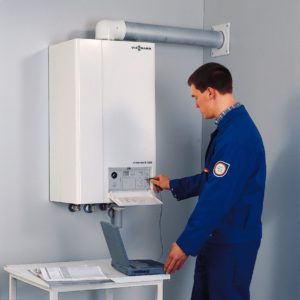 The boiler and the entire system are filled with liquid, all defects have been checked and corrected.An electrical specialist has checked the connection to the network - now you can start the boiler for the first time. This is a responsible task, but also a pleasant one, because having your own, autonomous heating system is not only convenient, but also expedient. Independence from central heating makes life comfortable.
The boiler and the entire system are filled with liquid, all defects have been checked and corrected.An electrical specialist has checked the connection to the network - now you can start the boiler for the first time. This is a responsible task, but also a pleasant one, because having your own, autonomous heating system is not only convenient, but also expedient. Independence from central heating makes life comfortable.
REFERENCE! Having a boiler, you can set the desired temperature in the room with an accuracy of tenths of a degree.
Setting up the heating system after starting the boiler
Once commissioning is completed, minimal intervention from the owner is required. Initially, the temperature controller sets the optimal mode; later, depending on the circumstances, the temperature can be changed. The user is required to maintain the fluid level and monitor an uninterrupted energy supply. Such devices have a fairly impressive service life, with little investment.


